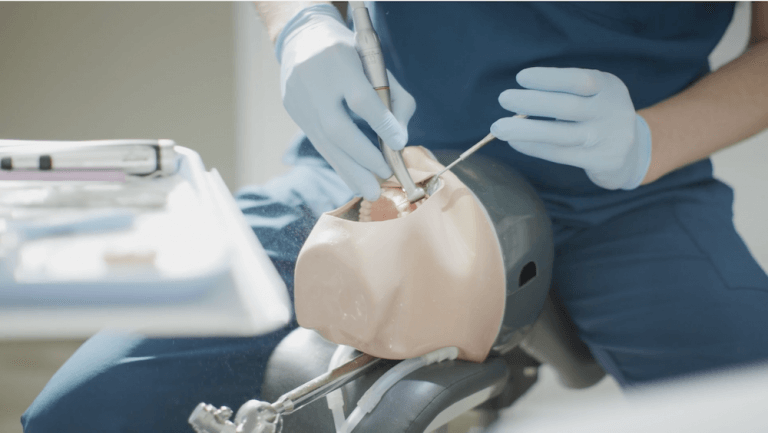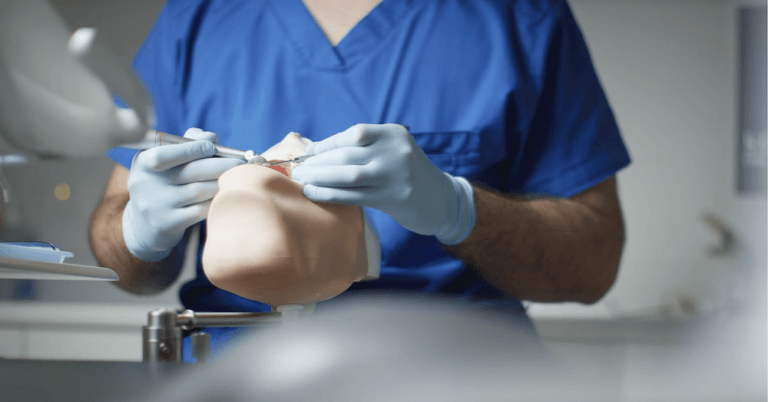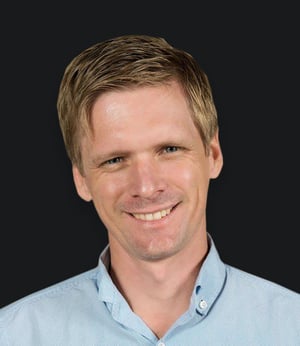
"If pilots were taught the same way that dentists were taught, a lot of them would die."
- Dr Lincoln Harris
We've talked about it for long enough. The time has come that we must change.

Preface
When practicing general dentist Dr Lincoln Harris conducted courses on theory, hands-on skills, and live patient surgery across the globe he identified notable patterns in his students ability - and more importantly their inability - to learn and practice dentistry under simulated clinical conditions.

The top three most notable hurdles that his students faced in their learning were:
1. Feeling Overwhelmed
When students reached their capacity for carrying out difficult tasks, they became overwhelmed and could no longer carry out any meaningful function as a clinician.
2. Fear
If a student experienced latent or manifest fear when they performed a procedure, a non-committal element would appear in his or her performance. When the student performed a procedure without their full commitment, they often failed.
3. Teaching Method
If the student had no practical experience prior to commencing class, most of them would not be able to recall their learned theoretical knowledge, and were unable to apply knowledge in a technical setting.
When students learned a hands-on experience very slowly, without pressure, their first attempt would be of very high quality; however when the exercise was repeated under stressful clinical conditions, they would demonstrate none of their previously learned skills.
When students learned the same hands-on exercise through multiple repetitions that were capped within a realistic timeframe, their initial attempt would be of very poor quality, then improve through repetitive practice, and ultimately transform into very real and reliable skills within the clinic.
Dr Harris began to explore the various methods that similar industries applied in their training courses, and it became clear to him that dental education needed to change. It is of Dr Harris’ view that traditional dental education does not train students to work under intense pressure and within limited timeframes. Nor does it answer the broad consensus that newly graduated dentists feel ill-equipped to practice general dentistry in a clinic.
The question was asked, what teaching method then, would produce dentists who graduate with skills so robust they would survive the rigours of clinical conditions? The results of his research - and the subsequent development of his teaching method - is the inspiration this paper draws on.


